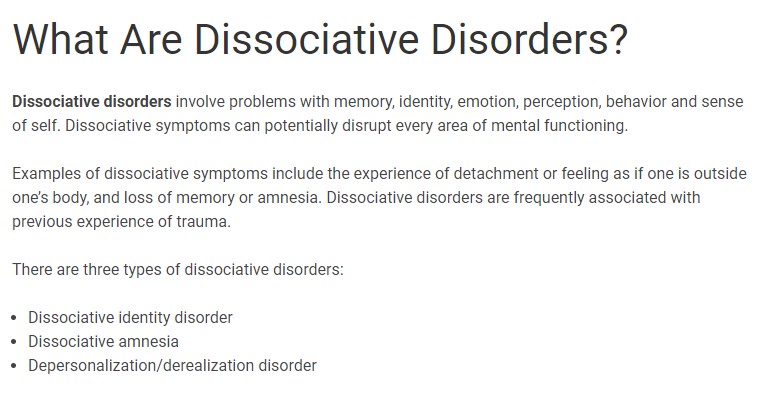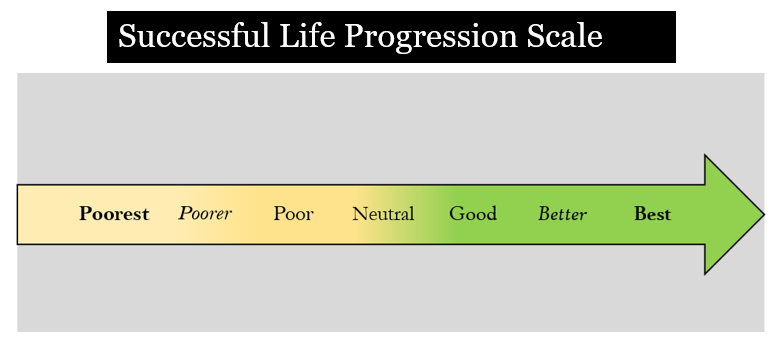
Hi! Welcome! Thanks for visiting. This blog is dedicated to those that have fought a lifetime battle for weight loss while managing the challenges of mental health issues and overcoming family trauma
All Hail Western Metrics of Success
In today’s modern and fast past world many of us are consistently concerned about the number of dollars in our bank account. This mindset can be particularly pervasive and invasive within westernized cultures. For in the westernized world the size of the figure in your bank account can often be the measuring stick as to your worth and value as a human and the weight your voice holds. All the same, the idea that money is our greatest commodity is a tragically flawed ideal. For even the most affluent entrepreneurs will tell you that they have had good and bad years on a long enough timeline. In short, money is fluid, but mostly an agreed upon lie that the money is valuable.
The most truly valuable commodity worldwide
So what really is our most valuable commodity worldwide?
Time is the most valuable commodity because it is finite. We cannot buy, beg, borrow, barter or cajole the universe into gifting us with more time. If we are lucky, we live a long life and are able to accomplish many of the goals that we set out to fulfill. When raised by caregivers and loved ones that support our life pursuits it makes taking on the start of these dreams and the associated challenges easier to withstand. Furthermore, one of the most wonderful aspect of this type of life is that we can exponentially maximize the return on investment of our time. Think in terms of sucking all the marrow of life. For burned into our evolutionary DNA strands are components that tell our brain we are safer together then alone. To support this theory, Bessel Van Der Kolk, M.D notes in his book “The Body Keeps The Score”, “our brains are built to help us function as members of a tribe” More importantly being in a group we have a much higher survival rate than if we march out into the wilderness all alone.
Trauma Time Capsules and the Calendar
When being interviewed about a traumatic experience, there is no shortage of traumatized people that have a central and summary themed response that is focused around memory loss during the traumatic event. These memory gaps can be present for both suffers of PTSD and C-PTSD. Mental health clinicians would define these episodes as disassociation. Disassociation can be defined in the following ways below:

Source: https://www.psychiatry.org/patients-families/dissociative-disorders/what-are-dissociative-disorders
For the sake of this blog I will be focusing on depersonalization/derealization disorder and dissociative amnesia. Dissociative behaviors are manifested when one of the four trauma responses are activated whether it is fight, flight fawn or freeze. When any of the trauma responses are present in our lives they can act like a faulty watch battery on our life timeline by poorly keeping time, speeding up, slowing down and then ultimately leaking on to the mechanisms causing some of the parts to stop working all together. All the while, the march of time moves on whether we have noticed or not that the watch is no longer keeping time. Days, weeks, months, and/or years may have passed with the internal pain keeping perfect time in our solitary confinement.
Living Life in the 4 Trauma Response capsules
Very naturally, when humans no matter the age are lacking the elements of love and support we are compelled by evolution to devise ways to feel protected and safe both mentally and physically. Denied these basic life element leads us to maladaptation. Maladaptive activities will lead us spend huge chunks of time on tasks such as over eating, engaging in physical violence and its consequences, playing too many hours of video games, overthinking, drug abuse, self-harm, and or withdrawing from life etc. to avoid the mental pain of being unloved and unsupported. Each time we engage in these maladaptive moments they transform into proverbial safety bricks. It is the molding of the bricks that starts to act as a numbing agent against the missing feelings of security and calm, whether we realize it or not. To be clear, these bricks are often formed without our knowledge and we are completely unaware of what purpose they hold. Dismally, the building of these bricks does little to foster any long term healthy sense of inner safety, as the sense of aloneness only grows.
If we are lucky, we will never have anything more than a small pile of bricks that can be used to form low walls that serve as healthy boundaries with others as we grow into adulthood. These bricks can be moved and adjusted to fortify ourselves from those that attempt to cross our boundaries, but moved back into an even row once the threat has passed. When examining what an adult with healthy boundaries looks like it is critical to note that these walls remain relatively low to allow for a person to be open to the world around them, question their own boundaries and perspectives with our place in society. Simply stated, the bricks should help to foster adult sovereignty through providing some level of rigidity to maintain our own ideals and principals while be able to see and experience the validity in other people’s experiences of the world.
In place of being raised to have healthy boundaries and adult sovereignty there are many of us that were raised in ways that lead us to develop C-PTSD as adults. Those individuals with C-PTSD will churn out bricks with amazing speed and efficiency. The rate in which the bricks multiply is in direct relationship to the ferociousness of the maladaptive behaviors, therefore there is no building supply issues. Using our proverbial safety bricks, we begin building our place of safety in our early years with low walls that will increase in height as time moves on and we experience more episodes of abuse and conditional love.
The bricks forged from the abusive conditions which we were raised in will invariably create a tremendous amount of negative internal chatter that will take on the properties of mortar for our “safe house”. For these reasons, by the time we reach adulthood we will find that we have constructed a solid structure to keep out the world in an effort to find safety and avoid overwhelm. The structure we build is complete with a timed locking mechanism which will only allow us out under very special circumstances when it is safe. What is more, is that our “safe house” comes complete with space for surplus safety bricks that can be used any time in our life when we feel unsafe to be used as proverbial weapons to keep others away through our words and actions. The key point here is that while we are calling the structure we built a “safe house” it is a solitary confinement jail cell in which time seems to stand still.
Trauma survivors must be leery of time investments
With a watchful eye those with C-PTSD, will hyper vigilantly look for moments when their symptoms of C-PTSD have been temporarily abated and there is any small sense of safety to attempt to move towards ideas and actions that help to define their life’s purpose. It is important to note that the level of abatement is always on the Successful Life Progression Scale:

The primary elements which make it hard for those with trauma to follow their dreams and stay in the neutral and green color on the scale, is that trauma survivors lack love and support in general from caregivers. Bessel Van Der Kolk, M.D notes in his book “The Body Keeps The Score”, he adds, “numerous studies of disaster response around the globe have shown that social support is the most powerful protection against becoming overwhelmed by stress and trauma.” Alternatively, when we experience high levels of trauma at early ages in our development it makes the creation, initiation and execution of life pursuits and attainment of adult sovereignty seem impossible because one of the four trauma responses are triggered.
Unlocking the cell door from solitary confinement
If you identify with living in cell of solitary confinement, I previously described you are intimately aware of the pain and heartache it brings which does not allow in any light. Compounded by the symptomatic maladaptive behaviors that you have developed will invariably raise feelings of dread, hopelessness and self-loathing deep within us. The building materials of our safety bricks and mortar which was used to create the small box we find ourselves in is no way to spend the brief time we have on the planet. Living in our “safe house” robs the world of our special and unique view point and talents we have to offer. Personally, writing this blog is one of the ways I work at unlocking my cell door each and every time is sit down to write. In closing, I would like to charge my readers with the task of doing one thing today that validates your existence in the world. Perhaps, you can go to a park and sit on a bench, say something kind to a stranger or ask for something you need at work, school or home. Please leave a comment below on the how you used your voice today.